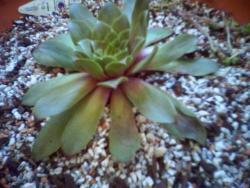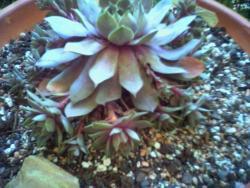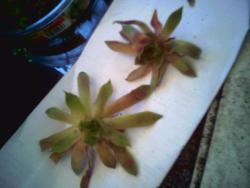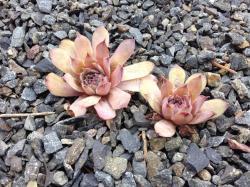Judy once you get the hang of what works in your unique growing conditions you will never look back. You will be a full fledged sempaholic.
It is the combination of high temperatures/high humidity/to much water and full sun that steam cooks them.
Amount of time to settling in depends on a lot of things.
1. Time of year, spring and early summer are the most active time of growing for semps.
2. Soil and water are two other determining factors. I do find that using a feeding of Quick Start every two weeks seems to help them get new roots growing quicker.
3. Some cultivars take off faster than others.


There sure would be a lot of us in that alpine meadow as your neighbors Judy.
We are at about 300 ft. But in July and August we can get into the 90's and even occasional days in the 100's. What makes it easier for me in these conditions is that during that time out humidity is very low, and night times are in the 50's and 60's.









